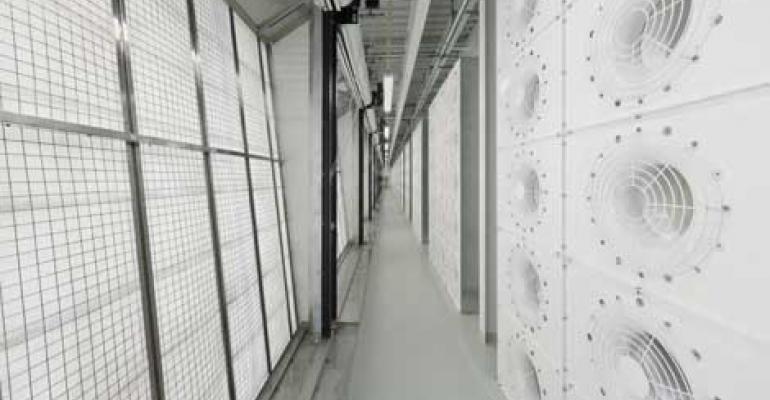The digitization of the business world has placed extra requirements around data center platforms. New IT solutions have created environments capable of more user density, more resiliency and even greater amounts of consolidation. Remember, although these systems do increase efficiency, they also modify the dynamics of data center cooling capacities.
Consider this -- the average computer room today has cooling capacity that is nearly four times the IT heat load. Using data from 45 sites reviewed, this white paper by Upsite Technologies will show how you can calculate, benchmark, interpret, and benefit from a simple and practical metric called the Cooling Capacity Factor (CCF).
Of the 45 sites that Upsite reviewed, the average running cooling capacity was an astonishing 3.9 times (390 percent) the IT heat load. In one case, Upsite observed 30 times (3,000 percent) the load. Yes, there are some sites are this inefficient. When running cooling capacity is excessively over-implemented, then potentially large operating cost reductions are possible by turning off cooling units and/or reducing fan speeds for units with directly variable fans or variable frequency drives (VFD).
Download this white paper today to learn about the numerous benefits CCF can provide for your data center. This includes:
- Improved cooling unit efficiency through increased return-air temperatures
- Improved IT equipment reliability by eliminating hot and cold spots
- Reduced operating costs by improved cooling effectiveness and efficiency
- Increased room cooling capacity from released stranded capacity
- Enabled business growth by increasing capacity to cool additional IT equipment
- Deferred capital expenditure for additional cooling infrastructure, or construction of a new data center
- Improved PUE from reduction of cooling load
- Reduced carbon footprint by reducing utility usage
Proper data center care not only increases the life of the equipment – but it allows for greater cost savings and better infrastructure efficiency. Calculating the CCF is the quickest and easiest way to determine cooling infrastructure utilization and the potential gains. Furthermore, this white paper outlines other core metrics including PUE, AFM, and calculating the CCF. As your data center becomes more important – it’ll be vital for you to implement as many core efficiencies as possible to keep your environment up and running optimally.





